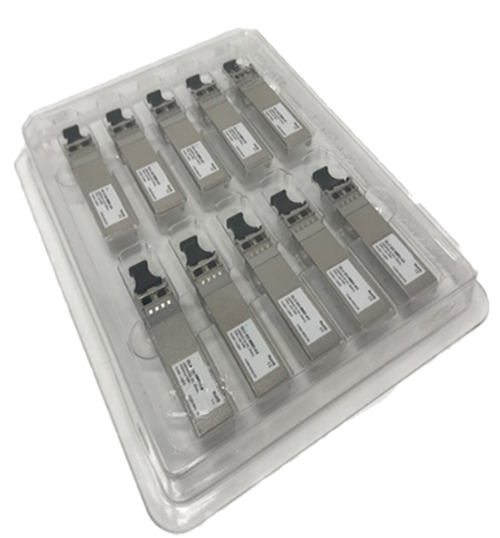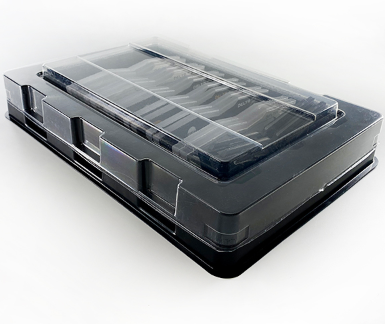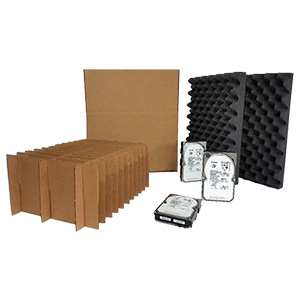In the realm of electronics, safeguarding delicate components during transportation and storage is paramount to prevent the detrimental effects of electrostatic discharge (ESD). Chipsalz Inc. recognizes the significance of ESD packaging in mitigating static electricity and preserving the integrity of electronic products. This article delves into the essence of ESD packaging, elucidating its importance and exploring the diverse types available.
Understanding ESD Packaging:
Static-sensitive devices, like integrated circuits, are constructed with materials susceptible to breakdown under high voltages. To counter this risk, companies engaged in handling such devices must adopt preventative measures, and ESD packaging emerges as a pivotal solution. Industries such as aerospace, healthcare, automotive, and electronics find ESD packaging indispensable for safeguarding electrical products against ESD damage.
ESD packaging not only shields devices from electrostatic discharge but also provides a dual layer of protection by preventing physical damage during transit. By dissipating charges within and on its surface, ESD packaging ensures the safe journey of products or components from one point to another.
The Importance of ESD Packaging:
Minimizing the risk of ESD-related product damage is a shared goal for every company. While ESD protected areas (EPAs) are essential within facilities, the real challenge arises when products leave the confines of the company. During transfers to subcontractors, shipping companies, and sellers, there’s a looming uncertainty regarding exposure to electrostatic hazards that may lead to ESD damage. This damage can manifest as malfunctions, degradation in quality and performance, reduced lifespan, or total product failure.
Specialized ESD packaging acts as a grounding system, safely discharging static charges and ensuring the safety and shelf-life of products beyond the company’s facilities.
Exploring Types of ESD Packaging:
Shielding ESD Packaging:
Function: Creates a barrier to reduce electrostatic discharge.
Materials: Prevents the accumulation and occurrence of static electricity.
Example: Static shielding bags with protection on both the inside and outside.
Conductive ESD Packaging:
Function: Conducts electric charges away from the static-sensitive device.
Materials: Controls the flow of electricity to prevent component damage.
Surface Resistance: Between 10^(2) ohms and 10^(5) ohms.
Dissipative ESD Packaging:
Function: Slows down the flow of electricity to reduce its power.
Materials: Prevents damage to components from ESD.
Surface Resistance: Between 10^(5) ohms and 10^(11) ohms.
Anti-static ESD Packaging:
Function: Prevents tribocharging and reduces damage from ESD events.
Materials: Significantly reduces damage caused by electrostatic discharge.
Categorizing ESD Packaging Based on Contact with ESDS Components:
Intimate Packaging:
Direct contact with ESDS.
Suitable for storage and transportation within an EPA.
Proximity Packaging:
Encloses the product without direct contact with ESDS.
Commonly used for already stored ESDS inside intimate packaging.
Secondary Packaging:
Strictly for additional physical protection.
Should not hold ESDS directly or be used within an EPA.
Trust Chipsalz Inc. for Your ESD Packaging Needs:
Ensure the comprehensive protection of your electronic products both inside and outside EPAs with Chipsalz Inc. Our extensive range of ESD packaging solutions includes laptop shipping packaging, hard-drive storage and packaging solutions, 1U and 2U server storage and shipping solutions, anti-static bubble wrap, anti-static foam, ESD bags, and more. Explore our catalog to find the perfect ESD packaging solution tailored to your specific requirements. Trust Chipsalz Inc. to safeguard your electronics with cutting-edge ESD packaging solutions.




